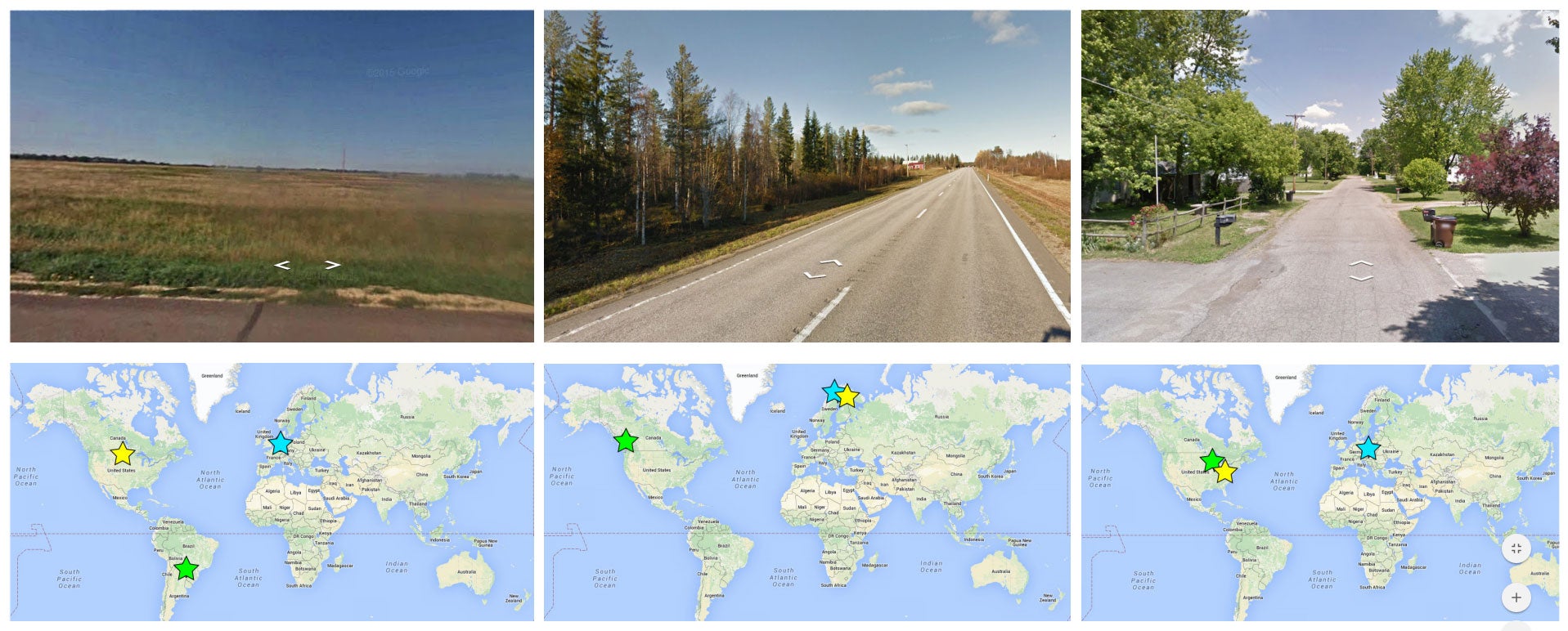Google's PlaNet AI can tell where a picture was taken just by looking at it
PlaNet uses its knowledge of 91 million Google Street View pictures to accurately guess locations

Google's latest product can tell where in the world a picture was taken just by loooking at it.
The program, named PlaNet, uses neural network technology to analyse images and make educated estimates about where in the world they're from.
Google's researchers 'trained' the program by feeding it over 91 million Street View pictures from around the world, along with their associated location data.

By recognising patterns from this huge database of images, it managed to get pretty good at identifying locations on its own.
As reported by MIT Technology Review, PlaNet is capable of correctly determining the locations of images to street-level accuracy 3.6 per cent of the time.
It managed to guess the right city 10.1 per cent of the time, the right country 28.4 per cent of the time, and the right continent 48 per cent of the time.
That doesn't sound too impressive, but guessing even the correct country from a single Google Street View image is actually pretty difficult - play a few rounds of Geoguessr and see how you manage at the same task.
The team behind the software, led by engineer Tobias Weyand, tested PlaNet against a group of 10 "well-travelled humans."
Surprising, the computer won 28 of of 50 games. In total, the computer was out in its guesses by a median distance of 1,132km. For humans, that figure was 2,321km.
Weyand said: "[This] small-scale experiment shows that PlaNet reaches superhuman performance at the task of geolocating Street View scenes."
Obviously, PlaNet can't really make sense of details like architectural styles, vehicles and road signs, which humans might look for when looking at Street View. Despite this, Weyand believes it has the upper hand simply because it's virtually 'visited' so many more places than a human ever could.
PlaNet is just an experiment for the time being, and there's no word from Google about how it plans to put the program to use - but neural network technology and artificial intelligence is hugely valuable, and PlaNet's superhuman sense of direction will no doubt make further discoveries in these fields possible.
Join our commenting forum
Join thought-provoking conversations, follow other Independent readers and see their replies
Comments